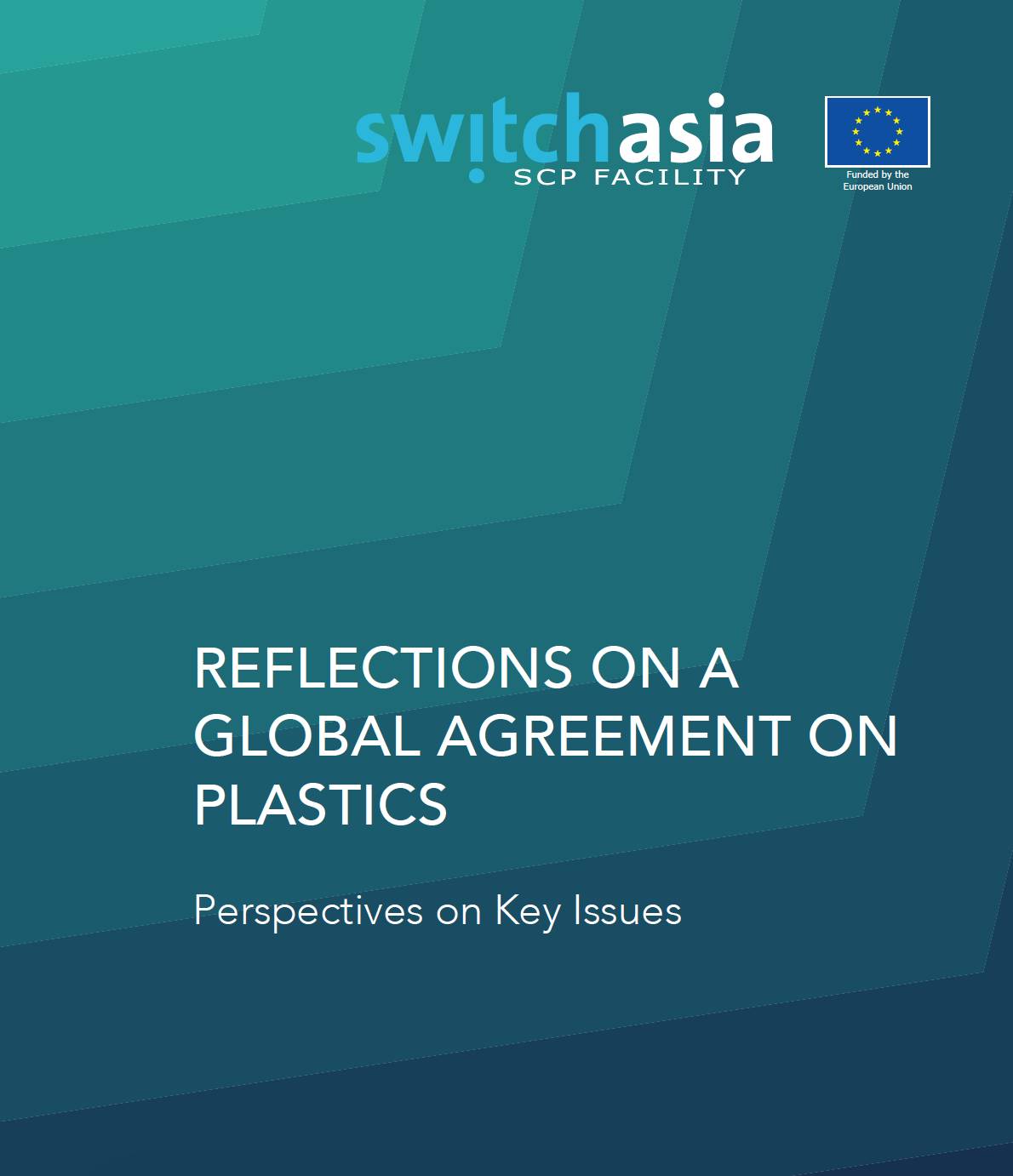
The calls for a global agreement have been prompted by a growing understanding of plastics’ negative impacts on human societies, fuelled by pictures of the Great Pacific Garbage Patch, beaches and lands overflowing with single-use plastics, animals entangled in single-use plastic items, and scientific publications about the quantity of micro-plastics found in ecosystems, the air, animals and humans. The resolution constitutes the flagship result of UNEA-5.2, and was seen by many observers as ground-breaking. It highlights the need for a comprehensive approach that addresses the full lifecycle of plastics and moves the plastics economy towards circularity. This paper summarises four key issues in global plastics governance:
- First, the gaps in the existing governance arrangements and the lack of a holistic approach to address the entire lifecycle of plastics, which explain the need for a global approach;
- Second, the current unsustainable design, production, and end-of-life treatment of the linear plastic production model, which leads many stakeholders to call for a lifecycle understanding of plastics;
- Third, gaps in knowledge and scientific uncertainties as well as the need to improve exchange between scientists and policymakers; and fourth, the need for a financial mechanism under a global agreement.
Under each of these issues, the paper highlights points that require particular attention in the upcoming negotiations.


